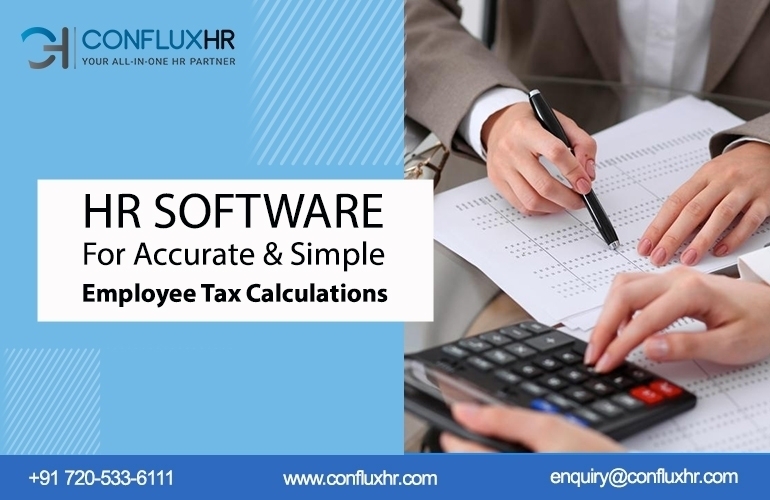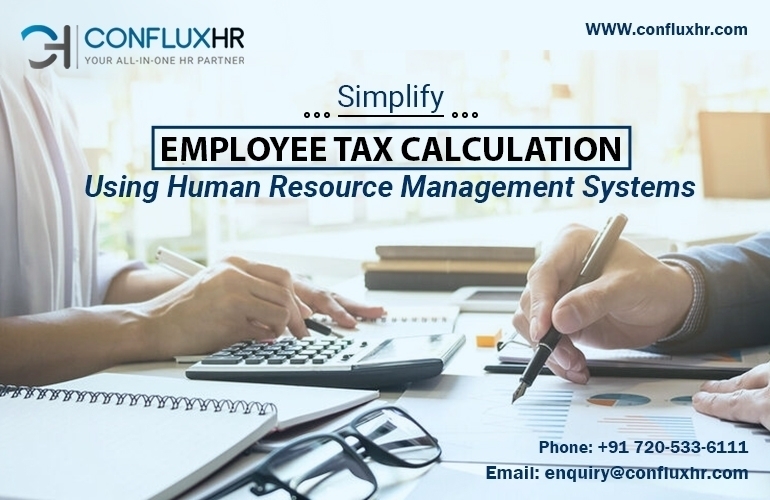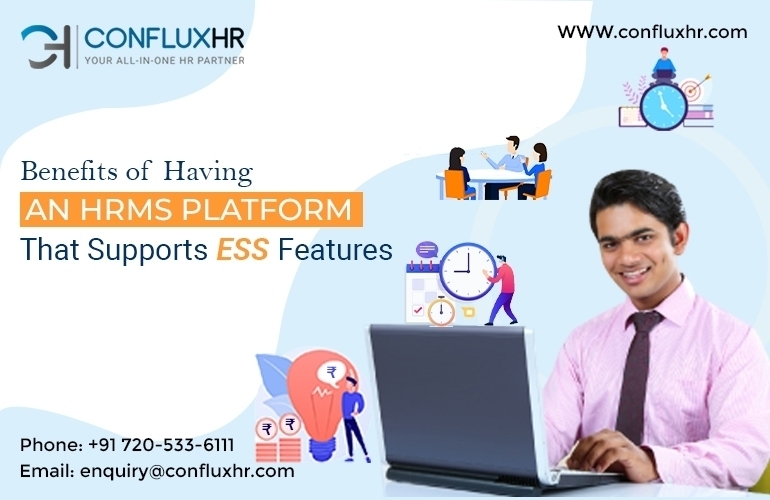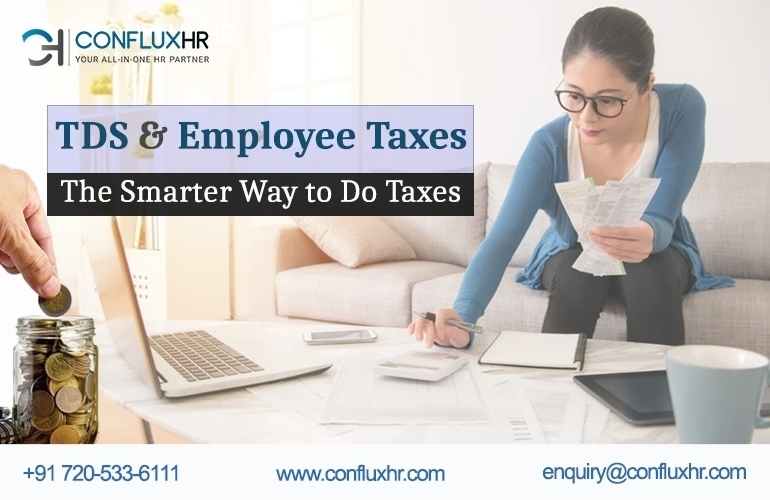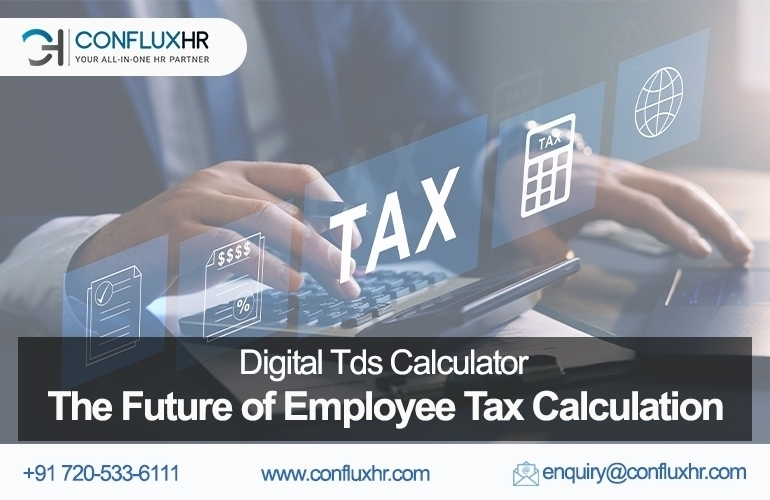In human labor, statutory compliance refers to the legal guidelines that an organization must adhere to while paying its employees. Every country has a plethora of state and federal employment rules that organizations must follow.
A considerable sum of time and money is spent ensuring all compliance requirements are followed. Some of the compliances include, but are not limited to, the following:
- Wages
- Professional Taxes
- Maternity Leave and so on…
Statutory compliance is one of the most significant HR hazards in the workplace because it concerns employment legislation and procedures. As a result, employers must be well-versed in the statutory compliances linked with employment legislation and labor standards.
Why is Statutory Compliance and Regulation Required?
Both small and large businesses must conform to legislative compliances to protect their businesses from legal wranglings. An in-depth knowledge of compliance is needed to reduce the risks related to non-compliance.
In today’s cutthroat business ecology, it can be exceedingly difficult for organizations to meet statutory compliances without a strong payroll or HR management system.
When it comes to India, there is a myriad of regulatory regulations that firms must follow in order to avoid legal impediments. If a corporation fails to comply with the required legislative compliances, it may face severe penalties. In the worst-case scenario, it might cost you your entire company.
Payroll Statutory Compliances in India
Following are some basic regulatory standards to which Indian enterprises must adhere:
The Minimum Wage Act
This rule requires establishing minimum wage rates for both unskilled and skilled laborers. It ensures remuneration for the laborers’ basic survival needs and their medical, educational, and other needs.
The act applies to the minimum pay to workers in several states, subject to state legislative conformity. ConfluxHR HRMS includes a provision for mapping this difficult necessity with multi-location and geographic support.
Furthermore, overtime wages are a statutory necessity under the Factory Act and the Payment of Wages Act. Construction and manufacturing are examples of industries included.
TDS Deduction
If an employee’s compensation exceeds the amount exempt from taxes, every employer is required under Section 192 of the IT (Income Tax) Act 1961 to consider a TDS deduction from that employee’s pay. Employers must also keep Forms 16 and 24Q on file.
Investments, travel, child education, HRA, Special allowance, and medical allowances, among other compensation components, impact TDS deduction.
PF & ESI Deduction
Employees can get financial and medical benefits for themselves and their families through the ESIC-regulated ESI fund if their monthly salary is 15,000 INR or less.
A mandatory contribution fund known as PF (Provident Fund) is set up for an employee’s retirement or immediate family in the case of their passing.
Gratuity
This is the sum of money given to employees by their employers when they quit their positions after five years of service.
Professional Tax
A state-based tax on employment or professional services. It is one of the mandatory deductions that must be made from an employee’s annual revenue before determining their tax.
Role of an HR Software in Statutory Compliance
An HR software with Employee Tax Calculation feature can be a valuable tool in assisting firms in India with statutory payroll compliances.
These are some examples of how it can help:
Accurate and Timely Tax Computation
The Employee Tax Calculation function calculates the employee’s tax due automatically based on India’s updated tax rules and regulations.
Reports on Statutory Compliance
ConfluxHR’s HRMS creates statutory compliance reports for employee taxes such as Form 16, Form 24Q, and Form 26AS.
Integration with Other Human Resources Components
ConfluxHR’s HRMS with Employee Tax Calculation feature interfaces with other HR modules such as attendance, leave management, and employee self-service, allowing HR teams to efficiently compute and process taxes based on correct attendance and leave data.
Cloud-Based and Secure
ConfluxHR’s HRMS is cloud-based, meaning employee data and tax information are stored securely in the cloud. This reduces the risk of data loss, theft, or damage caused by physical storage devices.
The Employee Tax calculator can help organizations in India manage their payroll statutory compliances more efficiently and accurately, ensuring compliance with the country’s latest tax laws and regulations.
You can manage your selections for ESI and PF, professional tax, salary, and TDS deduction using the HR software. It also automatically determines salaries after all appropriate deductions.
Contact us here for more information on how our SaaS-based HR software can assist your company in meeting a variety of HR and statutory compliances. You can also contact us via www.confluxhr.com or by email at enquiry@confluxhr.com.



